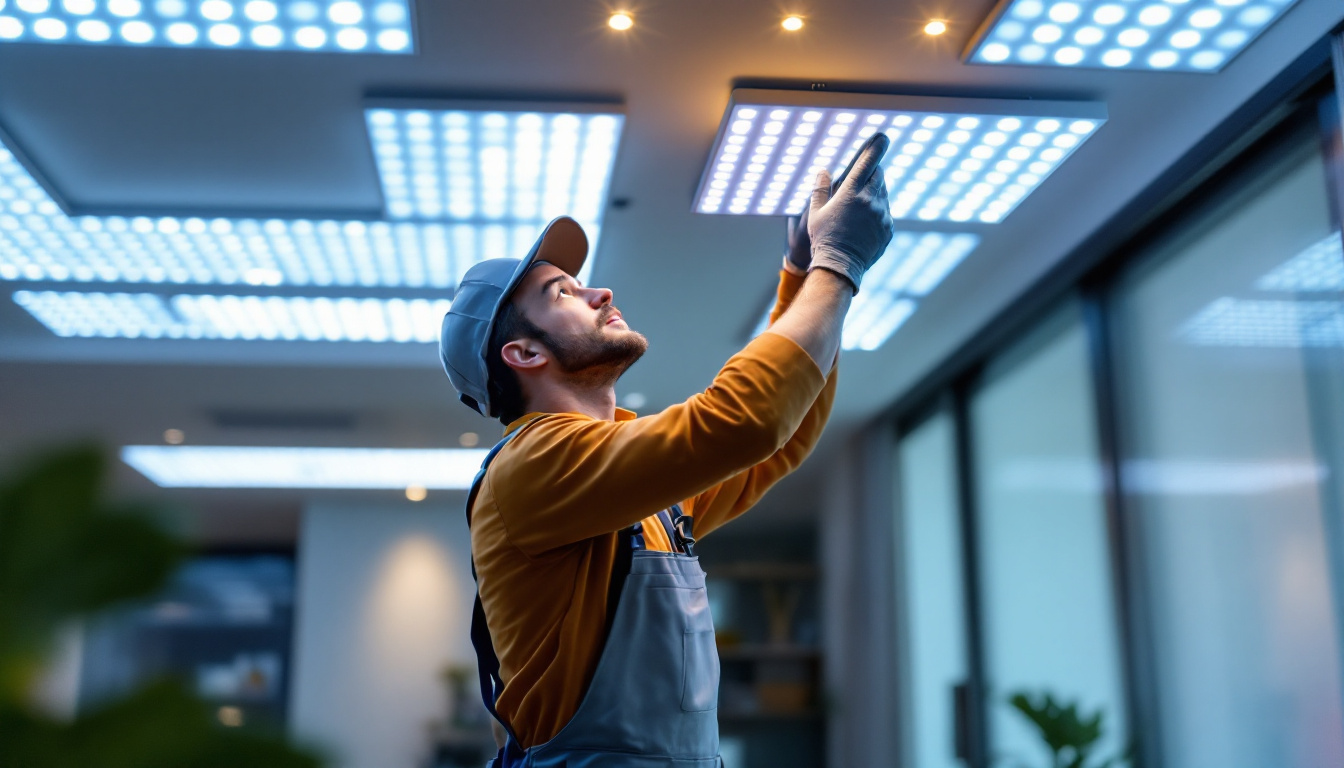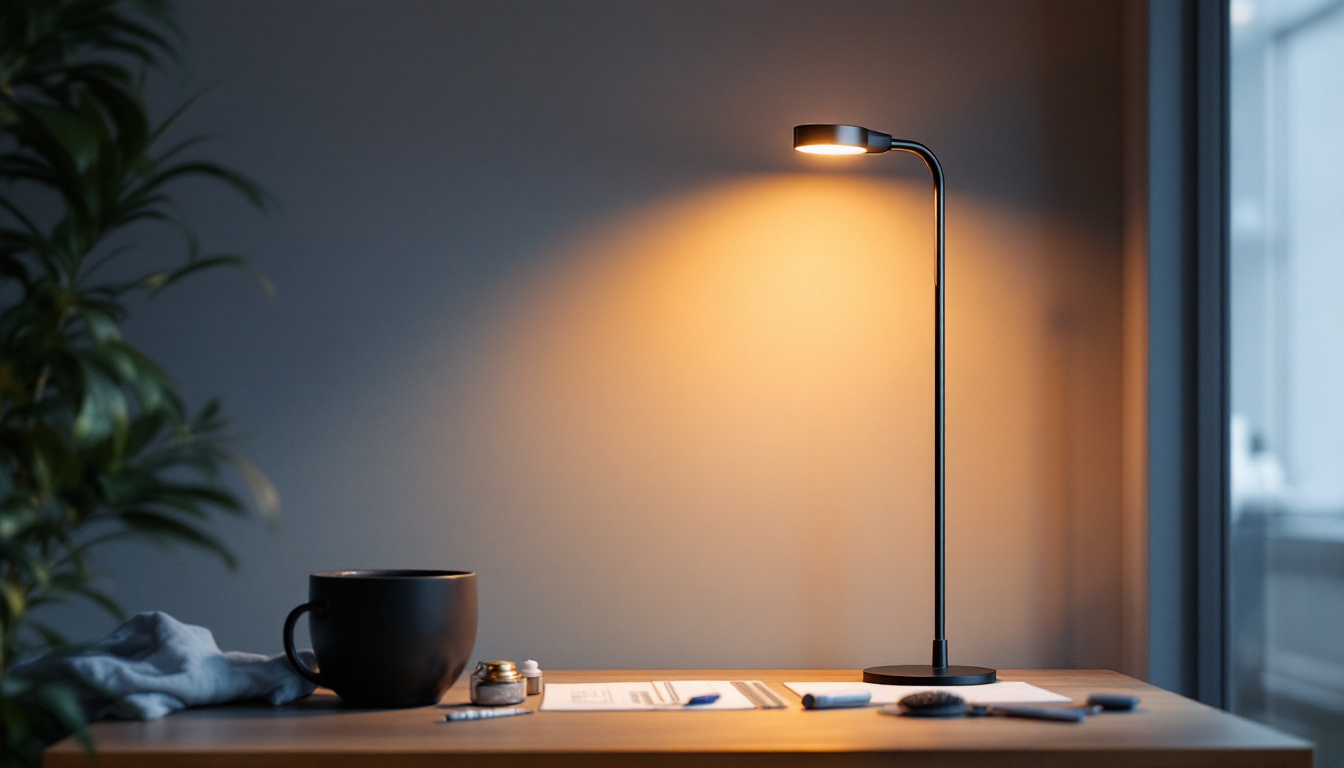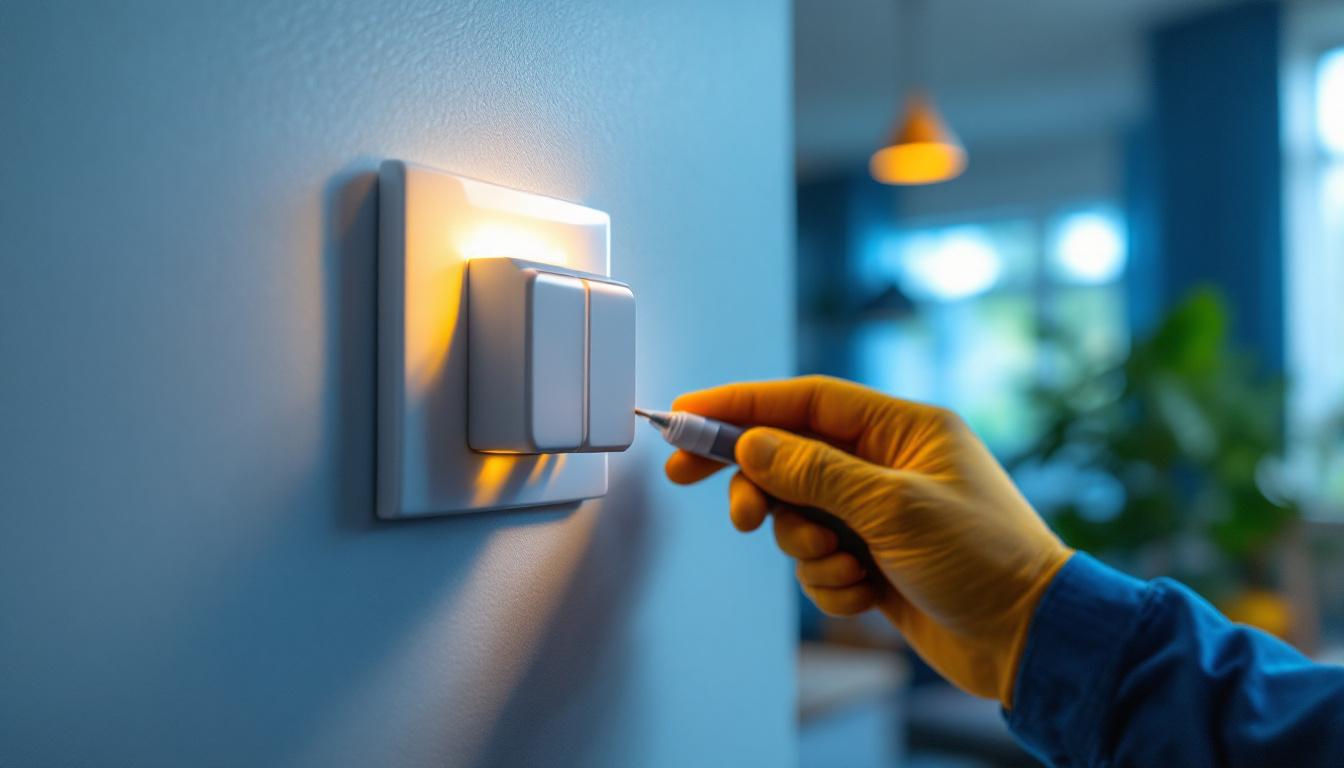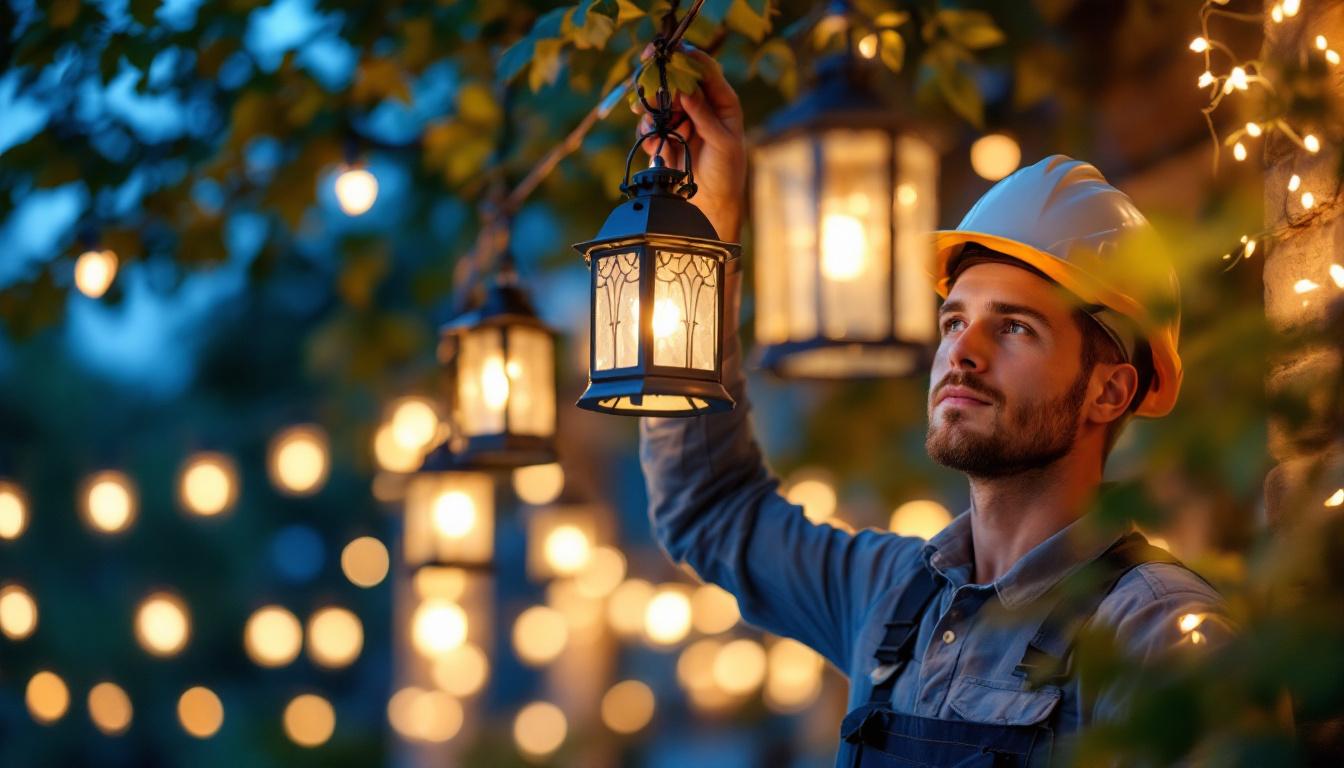
As the demand for energy-efficient lighting solutions continues to rise, LED lights have become a staple in modern lighting design. For lighting contractors, understanding the nuances of LED light covering is essential for delivering optimal results to clients. This guide explores various aspects of LED light covering, including types, applications, installation techniques, and maintenance considerations.
LED light covering refers to the materials and methods used to diffuse, protect, and enhance the performance of LED lighting systems. These coverings play a crucial role in controlling light distribution, reducing glare, and improving aesthetic appeal. By selecting the right covering, contractors can ensure that their installations meet both functional and design requirements. The choice of covering can also impact energy efficiency, as well-designed coverings can help maximize light output while minimizing energy consumption, making them an essential consideration in sustainable building practices.
There are several types of LED light coverings available, each with its unique properties and applications. Understanding these options allows contractors to make informed decisions based on the specific needs of a project. The right covering not only enhances the visual quality of the light but also contributes to the longevity of the LED fixtures by providing necessary protection from dust, moisture, and physical impact.
LED light coverings are versatile and can be applied in various settings. Understanding the application context is vital for contractors to choose the most suitable covering for their projects. The adaptability of LED coverings allows for innovative lighting designs that can transform spaces while addressing specific lighting challenges.
Selecting the appropriate LED light covering involves considering various factors that influence performance and aesthetics. Contractors should evaluate the project’s specific requirements to make the best choice.
The primary function of LED light covering is to enhance light quality and distribution. Contractors should assess the desired brightness and uniformity of light in the space. For example, a project requiring ambient lighting may benefit from diffusers that create a soft glow, while task lighting may necessitate lenses that focus light precisely. Additionally, the color temperature of the LED lights can significantly affect the ambiance; warmer tones can create a cozy atmosphere, while cooler tones may be more suitable for workspaces that demand focus and clarity.
Different materials offer varying levels of durability, light transmission, and aesthetic appeal. Acrylic, for instance, is lightweight and offers excellent light diffusion, making it a popular choice for many applications. Polycarbonate, on the other hand, is more impact-resistant and suitable for high-traffic areas or outdoor settings. Furthermore, it’s essential to consider the environmental impact of the materials used; opting for recyclable or sustainable materials can not only enhance the project’s eco-friendliness but also appeal to environmentally conscious clients.
In addition to functionality, the design of the LED light covering should align with the overall aesthetic of the space. Contractors should consider the color, texture, and shape of the covering to ensure it complements the surrounding environment. Custom-designed coverings can also enhance the uniqueness of a project. Incorporating elements such as geometric patterns or artistic motifs can transform a standard lighting solution into a statement piece, drawing attention and enhancing the overall design narrative of the space. Moreover, the integration of smart technology into the design can further elevate the aesthetic appeal while providing added functionality, such as adjustable brightness and color settings to suit various moods and activities.
Proper installation of LED light coverings is crucial for ensuring optimal performance and longevity. Contractors must be familiar with various techniques to achieve a seamless integration of the covering with the LED fixtures.
Before installation, careful planning is essential. Contractors should assess the layout of the space and identify the best locations for fixtures and coverings. This involves considering factors such as ceiling height, existing electrical infrastructure, and the intended use of the area. Additionally, it is beneficial to take into account the natural light sources in the space, as these can significantly affect the overall lighting design. By understanding how the light interacts with the environment throughout the day, contractors can make informed decisions about the placement and intensity of the LED lights, ensuring that they complement rather than compete with existing light sources.
LED light coverings can be mounted in various ways, depending on the type of fixture and the covering itself. Common mounting methods include:
Moreover, when selecting a mounting option, it is important to consider the thermal management of the LED fixtures. Proper airflow around the LEDs can enhance their lifespan and efficiency, so contractors should ensure that the chosen mounting method allows for adequate ventilation. Additionally, some modern LED coverings come with integrated heat sinks, which can further optimize performance by dissipating heat away from the light source.
For outdoor applications, sealing and weatherproofing the LED light covering is essential to protect against moisture and environmental elements. Using gaskets and appropriate adhesives can help ensure a secure fit and prevent water ingress, which could damage the LED components. It is also advisable to select coverings that are specifically designed for outdoor use, as these often come with enhanced UV resistance and are made from materials that can withstand temperature fluctuations.
In addition to moisture protection, contractors should consider the potential for dust and debris accumulation in outdoor settings. Implementing a design that minimizes exposed surfaces can aid in reducing maintenance needs and prolonging the life of the lighting system. Regular inspections and cleaning schedules should also be established to ensure that the LED light coverings remain functional and visually appealing throughout their lifespan, thereby maintaining the integrity of the installation and the safety of the environment they illuminate.
Dust and dirt can accumulate on LED light coverings, affecting light quality. Contractors should recommend cleaning schedules to clients, emphasizing the importance of using non-abrasive materials and gentle cleaning solutions. Regular cleaning can help maintain optimal light transmission and prevent the buildup of grime.
Periodic inspections of LED light coverings are essential to identify any signs of wear or damage. Contractors should advise clients on what to look for, such as cracks, yellowing, or loss of clarity. If any issues are detected, timely replacement can prevent further complications and ensure continued performance.
As technology advances, newer materials and designs may offer improved performance or aesthetics. Contractors should stay informed about emerging trends in LED light coverings and be prepared to recommend upgrades to clients, enhancing their lighting systems over time.
LED light covering is a critical aspect of modern lighting design that significantly impacts both performance and aesthetics. For lighting contractors, understanding the various types, applications, and installation techniques of LED light coverings is essential for delivering high-quality results. By selecting the right materials and ensuring proper maintenance, contractors can enhance the longevity and effectiveness of their LED lighting installations. As the industry continues to evolve, staying informed about the latest developments in LED light covering will empower contractors to meet the ever-changing needs of their clients.
Ready to elevate your lighting installations with the finest LED light coverings? At LumenWholesale, we provide lighting contractors like you with high-grade, spec-compliant lighting products at unparalleled wholesale prices. Say goodbye to local distributor markups and hello to a vast selection of premium lighting essentials that meet rigorous industry standards. With free shipping on bulk orders, you can stock up on superior lighting solutions and enjoy the best value without any hidden costs. Discover the ideal fusion of quality, price, and convenience at LumenWholesale – Wholesale Lighting at the Best Value.

Discover the top strategies lighting contractors use to enhance outdoor spaces with solar yard lamp post lighting.

Discover the innovative strategies lighting contractors use with Type B lamps to enhance energy efficiency and smart home integration.

Discover how electrical outlet switches can revolutionize your lighting contracting business.

Discover the frequent pitfalls lighting contractors encounter when hanging lanterns and learn how to avoid them.